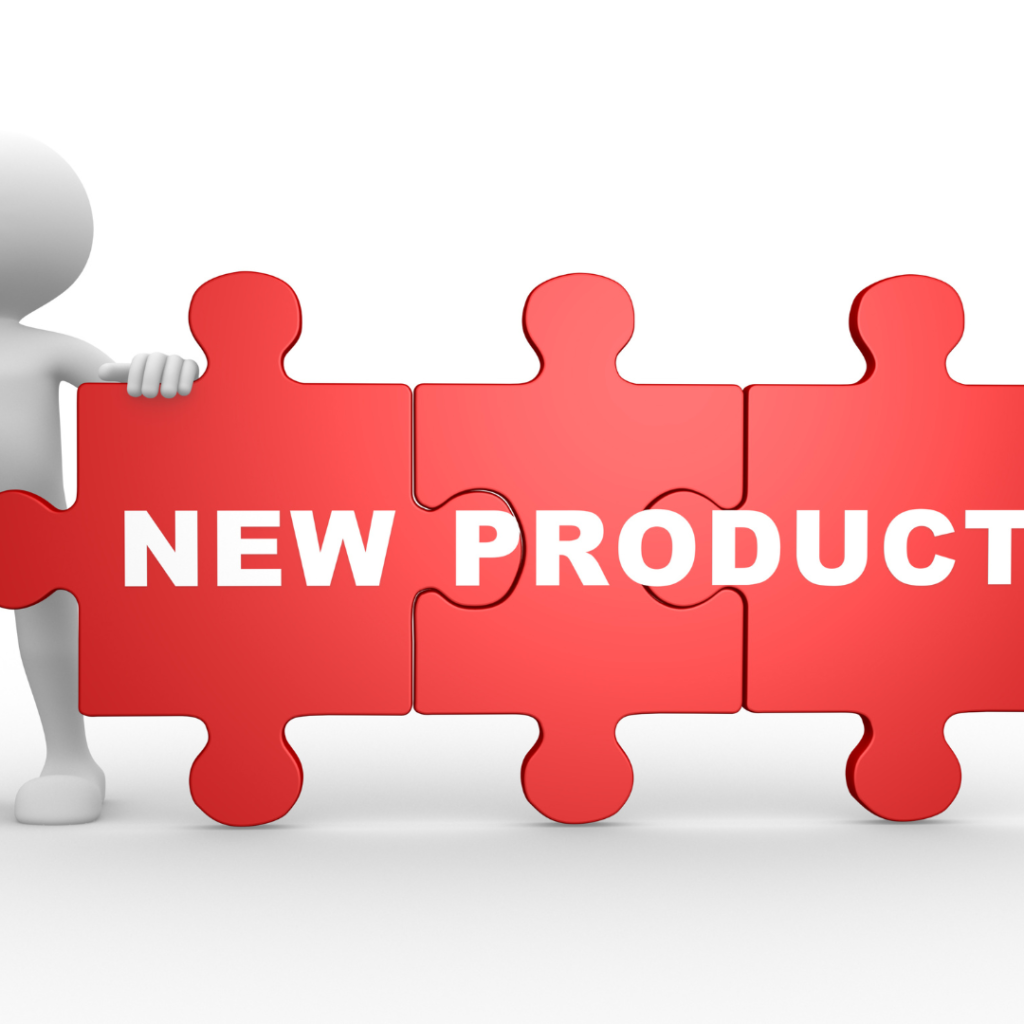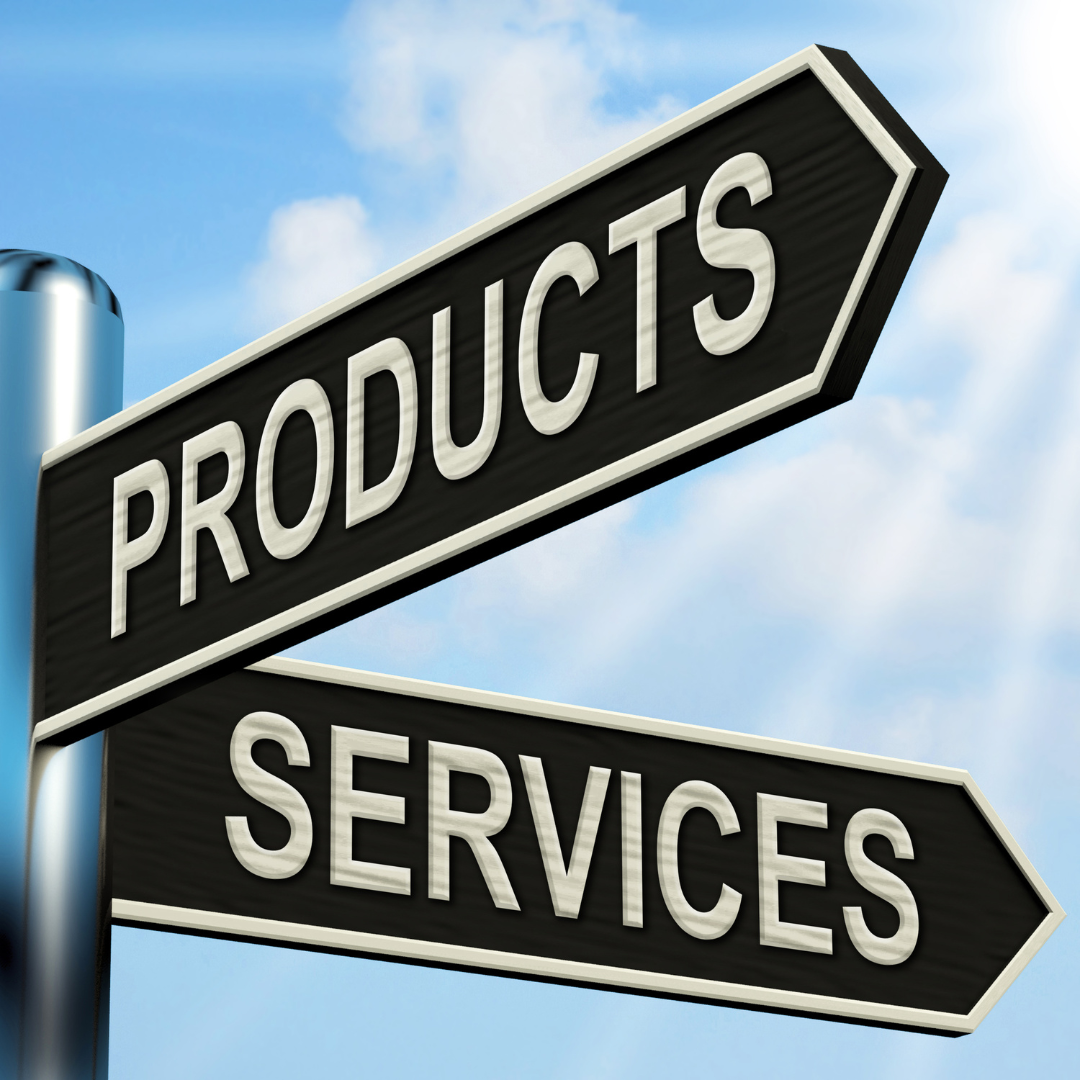In the realm of entrepreneurship, there are two primary branches that many ventures sprout from products vs service businesses. Both offer distinct advantages and challenges, and the choice between them can significantly alter the trajectory of a business.
For start-ups meticulously crafting their business plans, and for small business owners considering a pivot, understanding the nuances of product and service businesses is crucial. One will likely be more profitable than the other, require less cash outlay, and be easier to manage than the other.
This guide breaks down the essence of each, their respective journeys from infancy to maturity, and the strategic considerations that can help entrepreneurs thrive in either sector.
The Essence of Product Business Fundamentals
To understand the product business is to trace back to the most integral part of economics—supply and demand. Products are the tangible outcomes of market demands, and they come in all shapes and sizes, from the minutiae of daily life to the comprehensive tools that shape industries. Key characteristics of product business include:
- Tangible Deliverables: A product business is centred around creating, distributing, and selling physical items, from hard goods like electronics and furniture to soft goods such as software and media.
- Manufacturing and Logistics: Entrepreneurs in the product sphere are often intricately involved in the production process, overseeing the sourcing, manufacturing, and transportation of goods.
- Customer Acquisition: Product businesses rely on effective marketing strategies to attract and retain their customer base. This often involves brand-building and the creation of loyal customer communities.
- Scaling Challenges: There are inherent difficulties in scaling a product business. High upfront costs, inventory management, and the necessity to build efficient production lines can be formidable barriers.
- Innovation and Differentiation: Constant innovation is key in the face of stiff competition. Product businesses often rely on unique features and design to differentiate their offerings.

The Lifecycle of a Product Business
From conception to obsolescence, products go through a natural life cycle:
- Introduction: Initial market research, prototyping, and testing in a controlled launch.
- Growth: Market acceptance, brand recognition, and scaling production to meet demand.
- Maturity: Sustained growth with a level of market penetration, and pressure to innovate or diversify to maintain market share.
- Decline: Market saturation and decreased demand due to shifting consumer preferences or technological advancements.
When building a product business, the initial cash outlay is typically more significant compared to service-based ventures. This is due to the costs associated with product development, manufacturing initial inventory, securing suppliers, and setting up distribution channels.
To manage this aspect effectively, thorough financial planning and access to funding or investment are crucial elements for launching and sustaining operations.
The Crux of Intangible Value: Services
In contrast, service businesses deal in the intangible. Rather than physical goods, these enterprises provide skill, expertise, and time to fulfill customer needs. Considerations for service businesses are distinct:
- Skill-Focused Operations: Service businesses emphasize expertise and often require specialized knowledge or certifications. They can range from individual consultants to large professional firms.
- Personalization and Customization: Services often have a custom element tailored to each client’s specific situation, which can lead to very personalized customer experiences.
- Acquiring and Retaining Talent: Talent is at the core of a service business. Acquiring, training, and retaining skilled employees or contractors is a critical focus area.
- Marketing and Sales: Service-based marketing often relies on establishing trust and perception of value. Referrals, testimonials, and a strong professional network are vital for success.
- Scalability and Growth: Services can be more scalable than products, especially in the age of digital transformation. Replicating expertise and leveraging technology can enable service businesses to expand rapidly.

The Lifecycle of a Service Business
Service businesses also have a lifecycle, though it may be less defined by physical obsolescence:
- Establishment: Early operations, client acquisition, and developing a reputation for quality service.
- Growth: Expanding client base, establishing service methodologies, and focusing on client retention.
- Stability: A mature and steady client base, fine-tuning service offerings, and possibly expanding into related services.
- Relevance: Adapting to industry changes, technological advancements, and remaining competitive.
Unlike product-based businesses, service-oriented businesses often require lower initial capital to start, making it an easier entry point for entrepreneurs. With fewer upfront costs for inventory or manufacturing, service businesses typically enjoy higher net profit margins. By focusing on specialized knowledge and skills, they deliver value directly through expertise and client interactions, which can yield profitable returns with proper management.
Strategic Considerations: Making the Right Choice
In deciding between a product or service business, there is no one-size-fits-all answer. The right choice is one that aligns with an entrepreneur’s passion, capabilities, and market opportunities. Strategic considerations for each type of business include:
- Market Research: Deep dives into target markets can reveal whether customer needs are best met with a product or a service, and which might present a clearer opportunity for growth.
- Cost Structures: Evaluating the cost-to-profit of each type of business helps in understanding the investment required and the potential returns.
- Regulatory Environment: Consider the regulatory landscape for products versus services. Different industries have different rules and regulations that could affect business operations.
- Competitive Analysis: Understanding the competitive landscape can provide insights into where market gaps exist and which type of business would have a better chance of standing out.
- Trends and Projections: Staying on top of industry trends and projected growth can influence the decision toward a product or service that may offer more long-term viability.

Finding Synergy: Blending Products and Services
For some entrepreneurs, the answer may lie in finding the middle ground by offering a blend of products and services. This model, often referred to as ‘Servitization,’ can enhance value propositions and create multiple revenue streams.
- Productized Services: Complementing a service with a product can sometimes increase accessibility and scalability. Examples include software as a service (SaaS) or maintenance contracts for physical products.
- Service-Oriented Products: Some products are enhanced by related services. For instance, a software company that offers installation, customization, and training alongside its products.
- Hybrid Business Models: Companies with hybrid models can create a competitive advantage by offering more comprehensive solutions to clients.
Learning from Successes and Failures
Examining the journeys of successful businesses in both realms can provide valuable learning points for aspiring entrepreneurs:
- Product Business Success: The story of how a startup translated an innovative product idea into market success, navigating challenges and seizing opportunities.
- Service Business Triumphs: Anecdotes from service-based companies that thrived by continuously exceeding customer expectations and adapting to changing marketplace demands.
- Learning from Missteps: Analysis of businesses that made incorrect assumptions or misjudgments about market readiness, highlighting the importance of thorough research and flexibility in business planning.

Flexibility and Fluidity in Business
Ultimately, the distinction between product and service businesses is not black and white. With the right mindset and strategic approach, entrepreneurs can leverage the benefits of both models to create successful enterprises. By understanding the core principles that underpin each type of business, one can make informed decisions that lead to sustainable growth and value creation.
For the modern entrepreneur, the key is to remain flexible and agile, able to pivot and evolve as market conditions and technologies change. In this ever-dynamic landscape, the ability to adapt and innovate is the true mark of a successful business, no matter the initial chosen path.
Need help getting your small business plan off the ground? Grab your free copy of our Small Business Template today and start shaping your business’s future with clarity and confidence. Whether you’re launching a product or crafting a service, this template is your first step toward entrepreneurial success.



